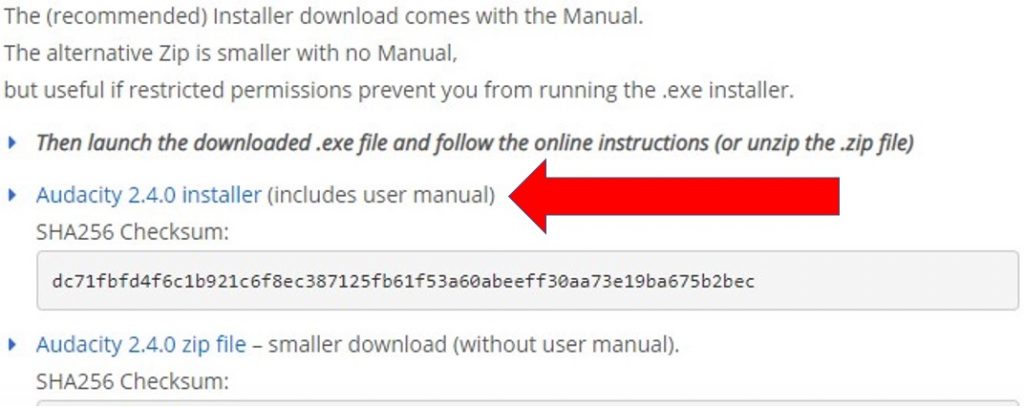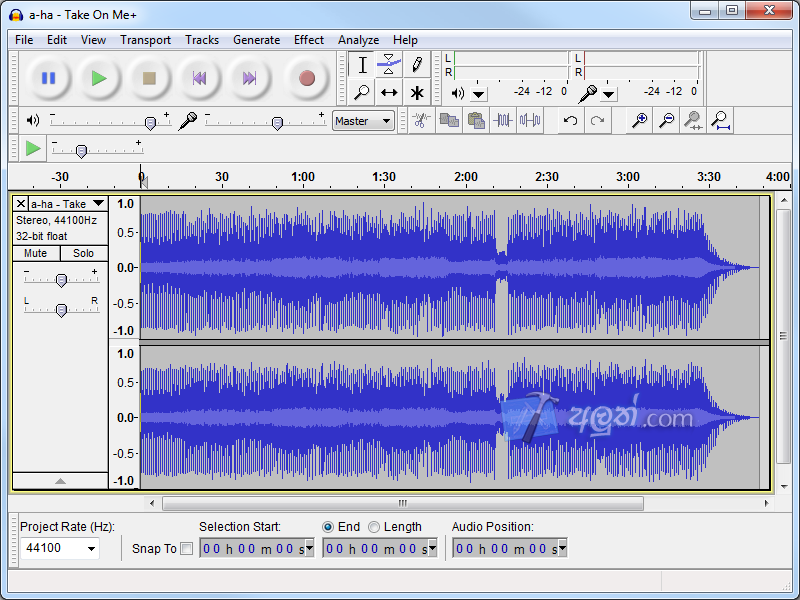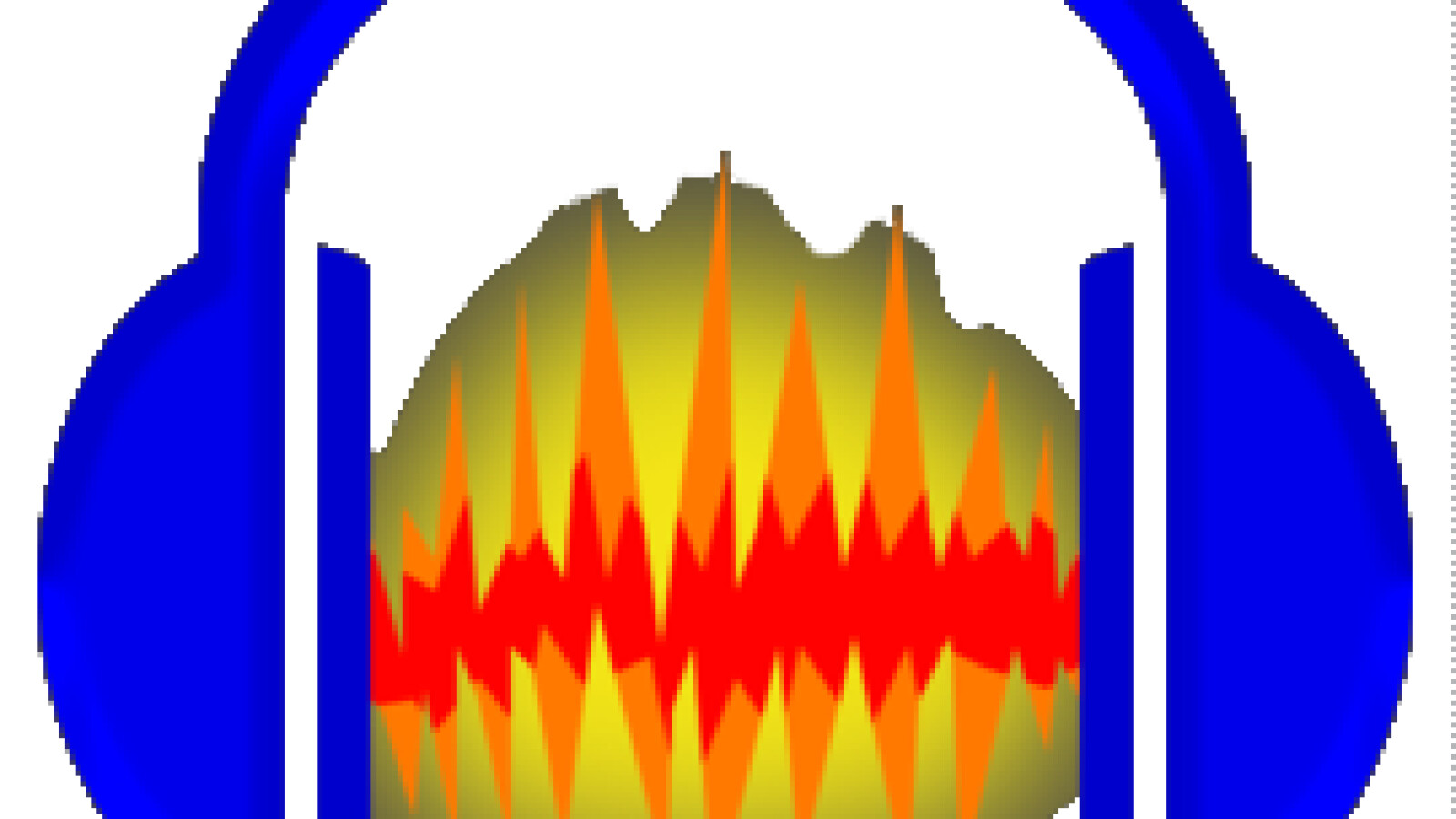
If a " Success" message appears, Audacity has successfully found FFmpeg. If you have installed FFmpeg from a different source, or installed it in a different location, you'll need to tell Audacity where to find it. In particular, AMR (narrowband) is not featured in the recommended installer.

Make sure to download or build the shared versions (with.Audacity 3.3 and later also supports avformat 60. Audacity 3.2 and later also supports avformat 59. Audacity 3.1 and later supports avformat 55, 57 and 58.You can download or compile FFmpeg yourself as described here: If not, follow the steps of a manual installation. You can install it through the Terminal.app by typing in:Īudacity should now automatically detect the installation after a restart. One way to install an FFmpeg version that matches your system architecture is using homebrew. If you have problems with Audacity detecting FFmpeg, follow the steps below to manually locate FFmpeg. Restart Audacity if it was running when you installed FFmpeg then Audacity should detect FFmpeg automatically.On some Macs the process may look as though it has stalled on "Validating packages" - just be patient and wait for it to complete.Click through the steps in the installer.

You will be guided through the installation When you have finished downloading, open the.It automatically matches your system architecture. You can download and install FFmpeg as follows:

Make sure you are using the latest version of Audacity if you're getting any LAME errors. It is now included with Audacity by default on Windows and macOS. Note: In previous versions of Audacity, LAME was required to export MP3 files. However, FFmpeg is required to import and export a variety of audio formats, including M4A and WMA. FFmpeg allows you import/export additional audio file formats into/from Audacityĭue to patent restrictions, FFmpeg cannot be distributed with Audacity itself.


 0 kommentar(er)
0 kommentar(er)
